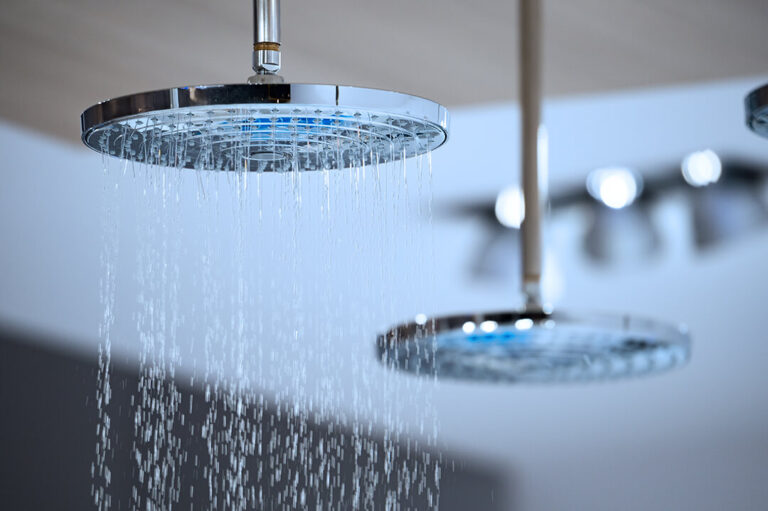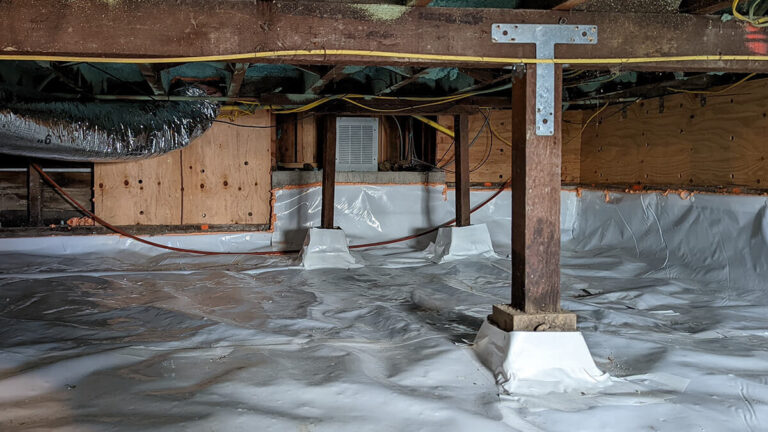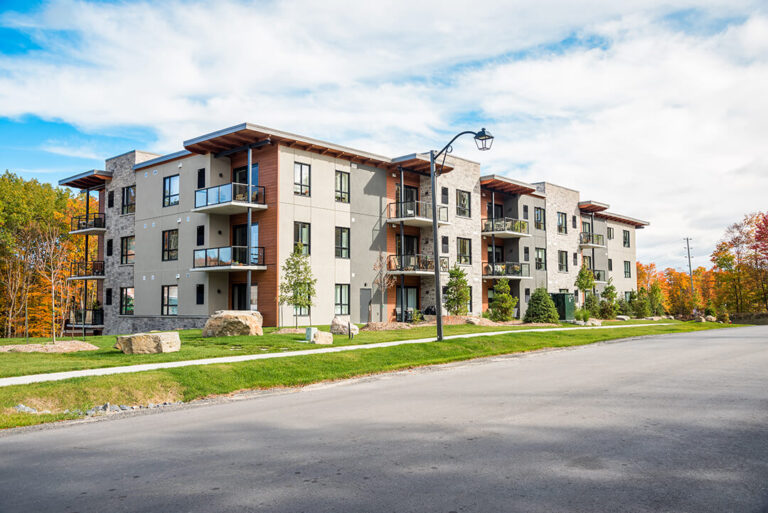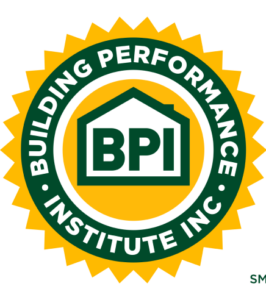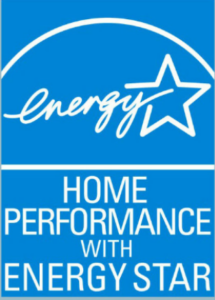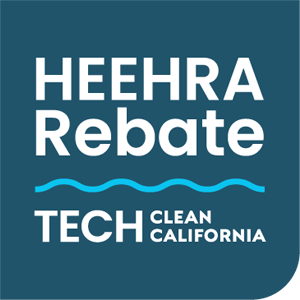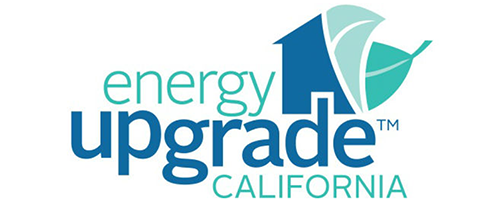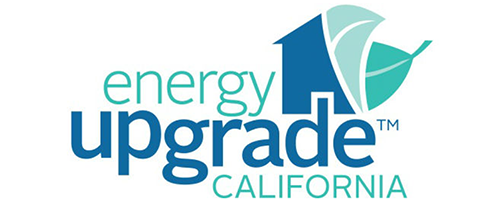One of the toughest challenges in the energy business today is that of peak-hours electricity demand. We’ve all experienced or at least heard about the rolling blackouts, and the increased price of electricity used during peak hours (or “time-of-use” rates). On the surface, it’s a simple matter of not having enough power output to meet peak demand. But the issue, it turns out, is even trickier than we thought.
The Production Side
We produce plenty of energy overall. In fact, we produce far more energy than we use. But there are two things that are very difficult or very expensive.
1. Creating a power station that can quickly and easily adjust its rate of production to account for rising and falling demand.
2. Storing energy, and then distributing that energy during peak hours, through a congested grid.
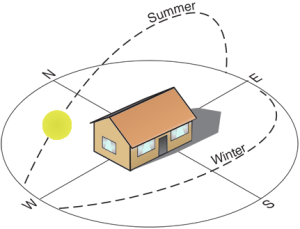 With the rise of renewable and/or clean energy sources, there have been a few bumps in the road that we didn’t see coming. Basically, we wanted to offer incentives for producing energy this way, and the simplest way to do it was to reward overall energy production at a flat rate. In most states, homeowners with solar panels are compensated using “net metering,” which means that if electricity costs 20 cents per kWh, then a homeowner producing electricity is paid the same rate. But this doesn’t account for the storage, transmission and distribution of that energy; that task falls on the utility company who, in this case, is providing that service for free.
With the rise of renewable and/or clean energy sources, there have been a few bumps in the road that we didn’t see coming. Basically, we wanted to offer incentives for producing energy this way, and the simplest way to do it was to reward overall energy production at a flat rate. In most states, homeowners with solar panels are compensated using “net metering,” which means that if electricity costs 20 cents per kWh, then a homeowner producing electricity is paid the same rate. But this doesn’t account for the storage, transmission and distribution of that energy; that task falls on the utility company who, in this case, is providing that service for free.
As a result of the flat rate of compensation, nearly all solar panels in the U.S. face south, because this will provide the most energy production overall. Unfortunately, the highest demand hours come in mid-late afternoon, when everyone is running their AC or getting home from school or work and turning on their appliances. At this time of day the sun is nearing the western horizon, and a south-facing panel is not producing very much power. If we had foreseen this, we might have built our panels to face southwest, or even west-southwest, and adjusted our incentives to encourage this orientation.
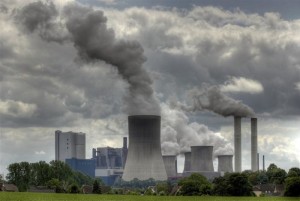
Of course, wind and hydroelectric power cannot be adjusted this way, and we are simply at the mercy of the elements in those cases. Nuclear plants cannot easily adjust their output either, and their costs are about the same whether they running or not. So now we face a puzzling problem. Nuclear plants are going out of business, partly as a result of competition from renewables. And although nuclear plants may not be the best long-term solution, right now they are essential to reducing carbon emissions (we have been firing up our coal plants instead, to account for peak demand). There are a few plants that have been designed to provide power on demand (or dispatchable power), but they complain that they are not compensated for the added cost of distributing power this way.

If we want to use these technologies effectively, we must adjust our incentives to properly reward peak production and/or storage. The CPUC has set goals to improve our storage capacity in California, and improvements are underway. In the long-term, this will not only take the pressure off of power production during peak times, but it can also reduce grid congestion if we position storage facilities on the load side. Furthermore, improved storage can help reduce wear and tear on existing equipment. This is becoming urgent, since most of our transmission lines, transformers, and cables are 25-30 years old, and require more and more maintenance every year.
But the problem is, as usual, the up-front cost. Improving efficiency on the production side is going to happen slowly, and it’s not going to be enough by itself. The rise of electric vehicles, while essential for reducing emissions, is going to put even more pressure on the grid. If we want to keep up, we must also improve our efficiency on the consumption side.
The Consumption Side

The greatest potential for improvement on the consumption side can be found in our buildings. The simple fact is that the vast majority of existing buildings were constructed before energy efficiency was a mainstream concept. There was little motivation for contractors to focus on the inner workings of a building, and there was even less accountability for it. Once a job was done and the contractor was paid, they moved on to the next project. Anything that was not immediately noticeable (such as a sloppy, leaky, grossly inefficient HVAC system) was probably not going to be fixed.
So now we face two challenges. To reduce energy consumption in the long term, we must ensure that new construction has much higher standards for efficiency. But for the time being, we must improve our existing buildings as well. A successful, cost-effective energy upgrade will pay itself off in the long term. But again, the up-front cost can be limiting, and homeowners on a tight budget should look into incentives such as PACE, CaliforniaFIRST, Energy Upgrade California, and other financing options.

In any case, accountability is key. To reward quality work, we must be able to measure the results. Simply looking at a drop in utility bills isn’t enough, because it depends on too many factors (for example, a homeowner who has recently improved his/her HVAC system will probably start using it more often). Currently, the best way to measure building efficiency improvements is “The Green Button.” This is a user-friendly program that allows homeowners and businesses to access their own energy usage data from their electric utility.
At Eco Performance Builders, we ask our clients to submit their usage data at the end of the year so that we can gauge the results of our work. We take home performance very seriously and we want every project to achieve maximum results based on the nature of the upgrades. We want to know exactly how well your home is performing and how we can improve it further.
Energy efficiency upgrades are most effective when everything in the home is calculated and designed to work together smoothly. This is why we prefer to take a whole-house approach, rather than a piecemeal one. That being said, we know that deep energy retrofits can be costly and invasive. Thus, we always try to find the most cost-effective solutions within the customer’s budget.
To speak to a technician about home performance solutions or schedule an energy audit, give us a call at (925) 363-4498 or e-mail info@epbuilders.com




